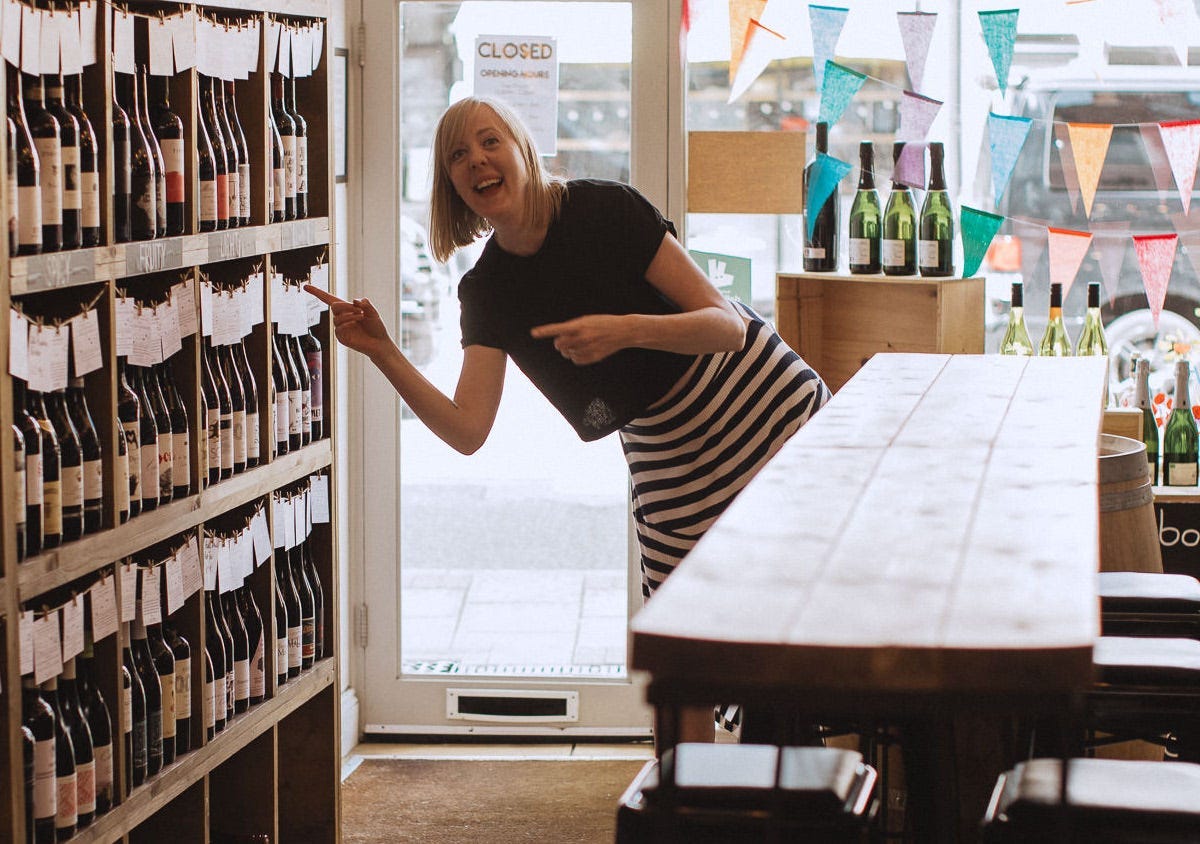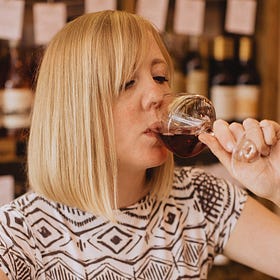Hello Sauce lovers! I’m writing some new in-depth content that’s taking up a lot of my time. In the meantime, I’m re-publishing a few of my most popular articles from Medium including this one.
This is part two of a series. The first part went viral on Medium (and I republished it here in March). This one fared almost as well.
I’ve got eight nuggets of advice for you. The first two are free for everyone, the other six are for my wonderful paid subscribers. If you want to join the gang (which gives you access to absolutely everything on The Sauce and discounts on my remote wine consulting service), it’s $5 a month or $50 a year and all you need to do is click the shiny blue button below.

Two years ago I sat on my sofa and punched out an 11-minute article about everything I wish people knew about wine from my decade in the wine trade. You’ll have seen it here on The Sauce too — I published it in March of this year.
Here Is Everything I Wish People Knew About Wine (Part One)
Welcome to The Sauce, (formerly The Capsule Pantry) — Deep travels into food and drink culture written by Charlie Brown, founder and former owner of what was once named Britain’s best independent wine store. The Sauce is 100% reader-supported. For $5 a month or $50 a year,
It turns out it could have been an 18-minute read because I forgot a load of super important winey-based things that will make the enjoyment of your evening glass all the better.
You don’t need expert-level wine knowledge, you don’t need a ton of money and you don’t need to study to elevate your wine experience.
All you need is info like this.
Matching food and wine isn’t about flavours, it’s about structure
TV wine personalities with their ridiculous food and wine pairings have got a lot to answer for. You’ve probably seen them trying to match some tiny little flavour from a dish with some “flavour note” in a $7 liquor store wine.
They don’t tell you what’s truly important in food and wine matching. Most of it is not about flavour.
It’s about the structure.
Here’s what you need to know:
Acid and salt in food = good for wine
Sweetness and bitterness in food = bad for wine
This is how it plays out IRL:
Acid in food reduces bitterness and dryness in wine. That’s why Italian foods — which are often high in acid (think tomatoes or lemons) — work so well with Italian wines which, with the reds at least, tend to be high in tannin.
Salt acts in a similar way. Season your food properly and it’s going to taste banging with most wines.
Sweetness in food increases bitterness in wine. That’s why you’ve got to pair a sweet wine with a sweet dish. Your fresh dry white just isn’t going to cut it with a sticky toffee pudding.
Bitterness in food increases bitterness and dryness in wine. If you’re serving asparagus — a notoriously difficult pairing thanks to its bitterness — you want to look for low-tannin or fruit-forward wines like Beaujolais or Pecorino.
A bonus tip:
Flavour concentration counts for a lot. And as I mentioned in part one, concentration is connected with the quality of the fruit, not just the grape variety. Thus it occurs in both rich and light wines.
For instance, if you have a well-made, concentrated Beaujolais from a good producer, it will stand up perfectly well to a rich dish like roast lamb. The same goes for a concentrated light white like a good quality Chablis.
That’s why you can match fish with red wine and beef with white. So long as the structure of the dishes matches the structure of the wine, the world is your food-pairing oyster.
These two actions make every wine explode with taste
The day my training taught me how to slurp wine was the day wine started to taste bigger, better and more concentrated. It’s magic.
And swirling both introduces oxygen and also shears molecules off the side of your glass.
To slurp properly, take a small amount of wine in your mouth, part your lips a little bit, and draw air in. It’s best to tip your head down to practice so you don’t accidentally choke on your Sauvignon Blanc.
The difference between swallowing straight and slurping then swallowing will have you looking like an idiot in front of everyone you know in no time.
Keep reading with a 7-day free trial
Subscribe to The Sauce to keep reading this post and get 7 days of free access to the full post archives.




